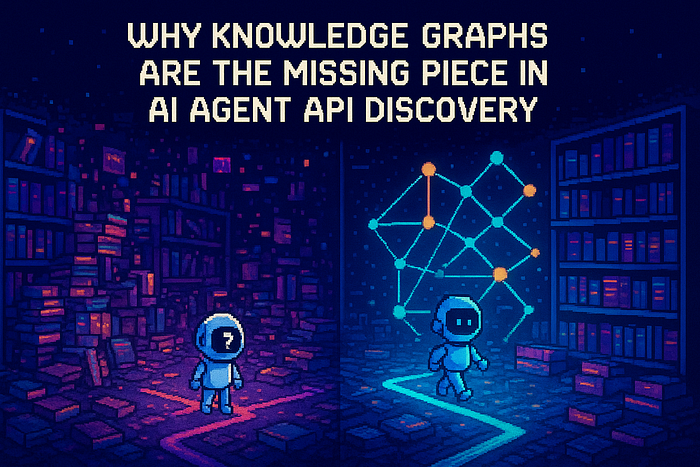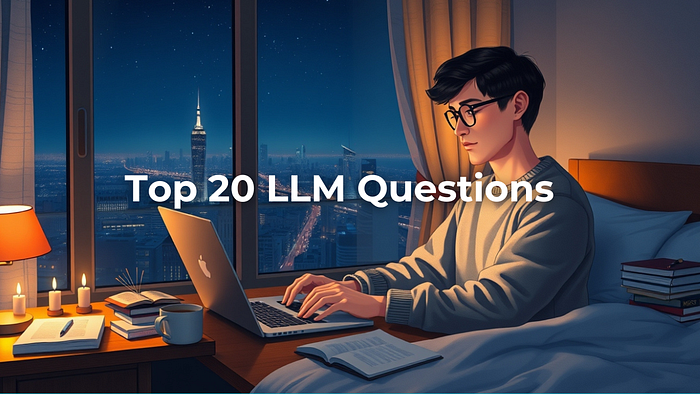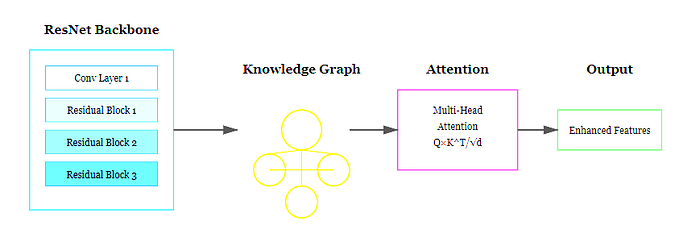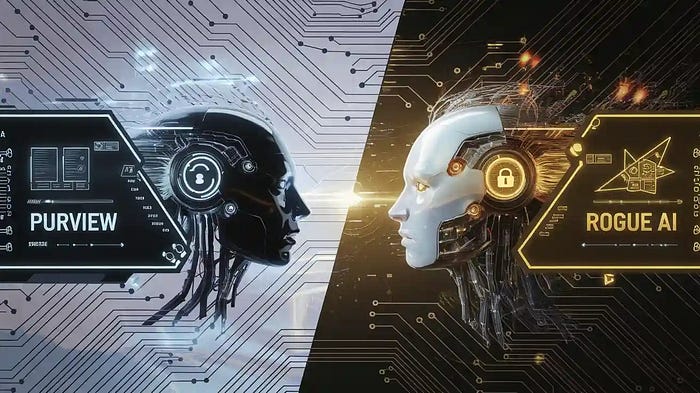Achieve OpenAI o1-mini Level Reasoning with Open-Source Models
Author(s): Yu-Cheng Tsai
Originally published on Towards AI.
Performing Supervised Fine-Tuning (SFT) on DeepSeek R1’s Distilled Models with Your Domain Data
This member-only story is on us. Upgrade to access all of Medium.
What Are DeepSeek’s R1 and Its Distilled Models?
DeepSeek has released a big reasoning model (671B, 37B Activated parameters, MoE architecture), DeepSeek-R1, comparable to OpenAI’s o1. However, DeepSeek-R1 was trained and released in FP8 mixed precision, optimized for NVIDIA’s Hopper-series GPUs as shown above. If you don’t have access to these GPUs, converting the model from FP8 to other precision for use on the other GPUs (e.g. A100s) can be cumbersome. Alternatively, you can use vLLM for inference. This thread provides guidance on using DeepSeek’s R1 model. Please note, it is not lightweight! Fortunately, along with DeepSeek R1, a couple of distilled models are released on HuggingFace. Think of the distillation process as teaching: a larger, more complex model (the teacher) passes its knowledge to a smaller, more efficient model (the student). In this case, DeepSeek-R1 is the teacher, known for its advanced reasoning skills. The student models are supervised fine-tuned (SFT) using data generated by DeepSeek-R1, enabling them to mimic the teacher’s reasoning patterns.
Why Use Distilled Models?
Enhanced Reasoning… Read the full blog for free on Medium.
Join thousands of data leaders on the AI newsletter. Join over 80,000 subscribers and keep up to date with the latest developments in AI. From research to projects and ideas. If you are building an AI startup, an AI-related product, or a service, we invite you to consider becoming a sponsor.
Published via Towards AI
Take our 90+ lesson From Beginner to Advanced LLM Developer Certification: From choosing a project to deploying a working product this is the most comprehensive and practical LLM course out there!
Towards AI has published Building LLMs for Production—our 470+ page guide to mastering LLMs with practical projects and expert insights!

Discover Your Dream AI Career at Towards AI Jobs
Towards AI has built a jobs board tailored specifically to Machine Learning and Data Science Jobs and Skills. Our software searches for live AI jobs each hour, labels and categorises them and makes them easily searchable. Explore over 40,000 live jobs today with Towards AI Jobs!
Note: Content contains the views of the contributing authors and not Towards AI.














